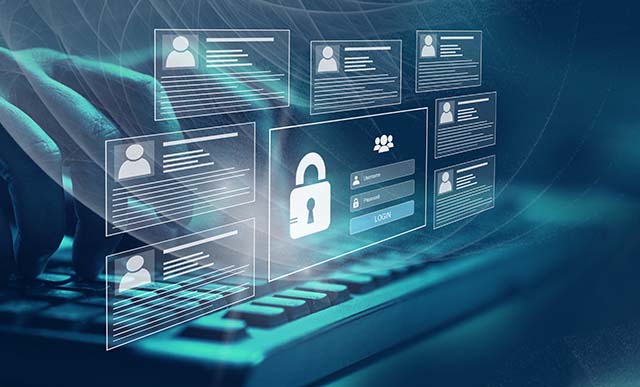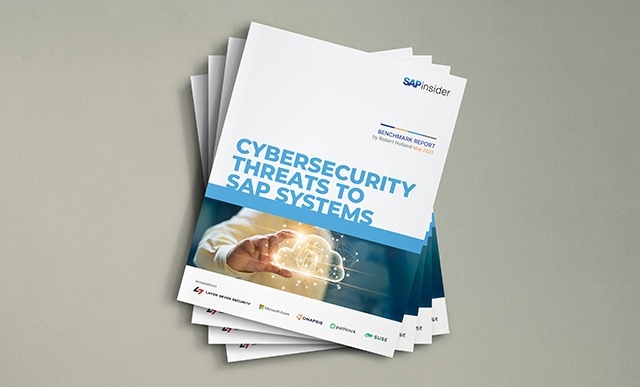Famous SAP Cybersecurity Incidents and How to Avoid Similar Attacks
Meet the Authors
Key Takeaways
⇨ The average data breach of an SAP system can a cost a victimized company well over $10 million.
⇨ As companies grow and expand, so does the attack surface of their SAP landscape.
⇨ Even some of the largest corporations are not immune to cybersecurity incidents.
While SAP users think of their ERP as the digital hub of their organization, hackers see it as a treasure trove of sensitive data. Personal Identifiable Information, financial transactions, and other important data is stored throughout the SAP landscape. Keeping it safe must be a top priority.
The damage done to an organization’s reputation is impossible to calculate and difficult to repair. In terms of dollars and cents, the average data breach of an SAP system can a cost a victimized company well over $10 million – and some notable incidents have been even more damaging.
Notable SAP Security Incidents
Even some of the largest corporations are not immune to cybersecurity incidents. For instance, tech giants NVIDIA were forced to pull down their entire customer service website in 2014 after a hacker found a vulnerability and shared it online.
Explore related questions
The issue would have allowed a malicious actor to take control of NVIDIA’s SAP NetWeaver platform. SAP had previously patched that particular issue, but NVIDIA reportedly never addressed it, leaving their system open to potential attack. It is vital that SAP organizations remain up to date on their patch management.
It’s not just private businesses that are targeted. In 2012, the hacker collective Anonymous broke into the servers of the Greek Finance Ministry in protest of economic conditions and austerity measures within the country. The group claimed to use an SAP 0-day exploit to access and leak files and credentials belonging to ministry members.
Perhaps the most concerning hack of an SAP system was the breach of the U.S. Investigation Services site. USIS at one time was the U.S. government’s go-to contractor for performing background checks. In 2014, authorities announced that hackers in China accessed the company’s sensitive data records.
While the findings of the investigation were never publicized, hackers could have accessed personal data from more than 27,000 employees and applicants to federal jobs. Soon after the hack went public, USIS lost its federal contract and its parent company filed for bankruptcy.
Conclusion
SAP organizations must be prepared to fend off all types of cybersecurity threats. Though internal teams will do their best to keep their organizations safe, it is important to find trusted third-party specialists to find and address any cybersecurity vulnerabilities. That way, users can stay on top of the most recent patches from SAP, as well as insulate themselves from potential 0-day exploits.
SAP organizations are turning to partners like bowbridge to prevent incidents cross-site scripting attacks, SQL-injections, directory traversal attacks, open redirects, and more. Users can also take advantage of the end-to-end encryption and real-time protection bowbridge offers without needing to change the application code.
As companies grow and expand, so does the attack surface of their SAP landscape. It is vital that these organizations find SAP-certified partners that can close the gaps in their technological infrastructure to safeguard their data and their reputation.
![close up of a person typing on laptop keyboard to access an account | [security]](https://sapinsider.org/wp-content/uploads/2023/03/1920x308_Login-Security_AdobeStock_569121713-1920x308.jpg)





